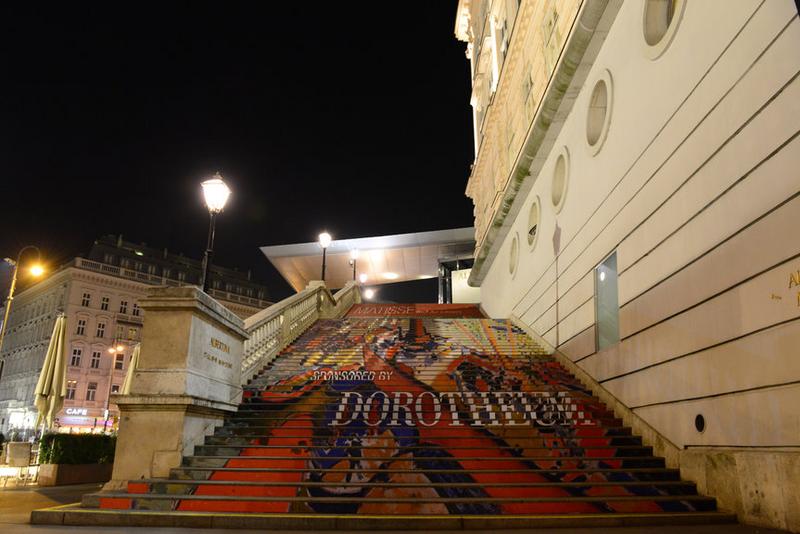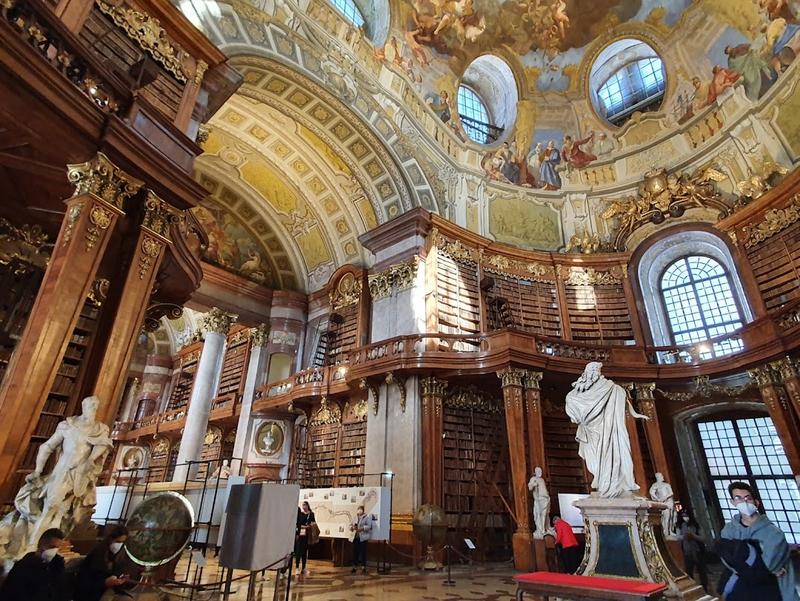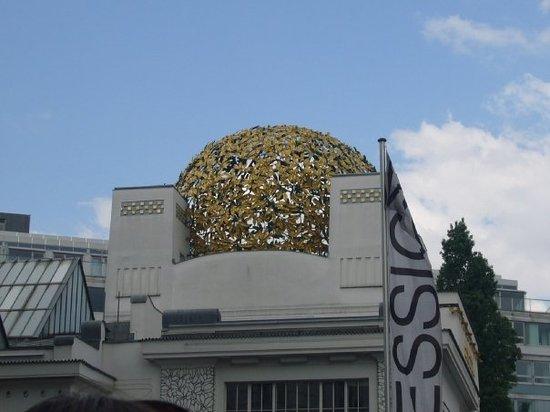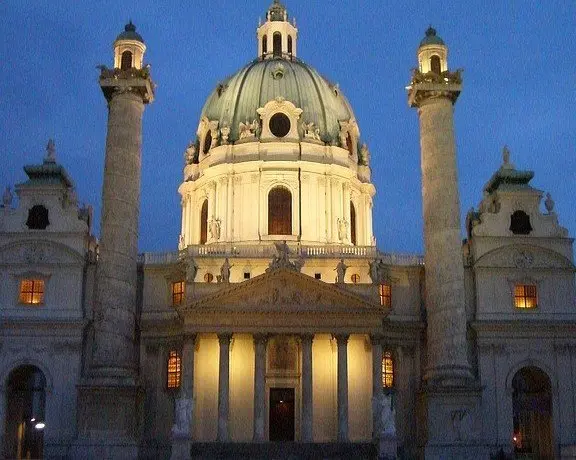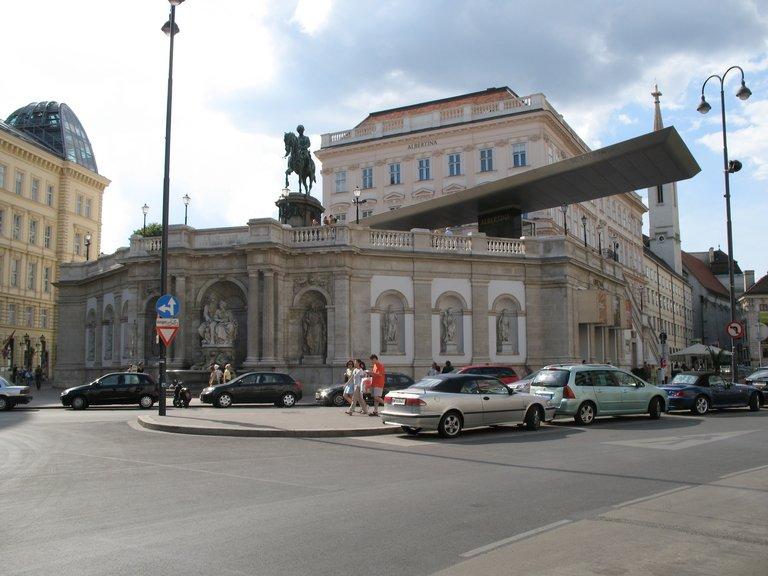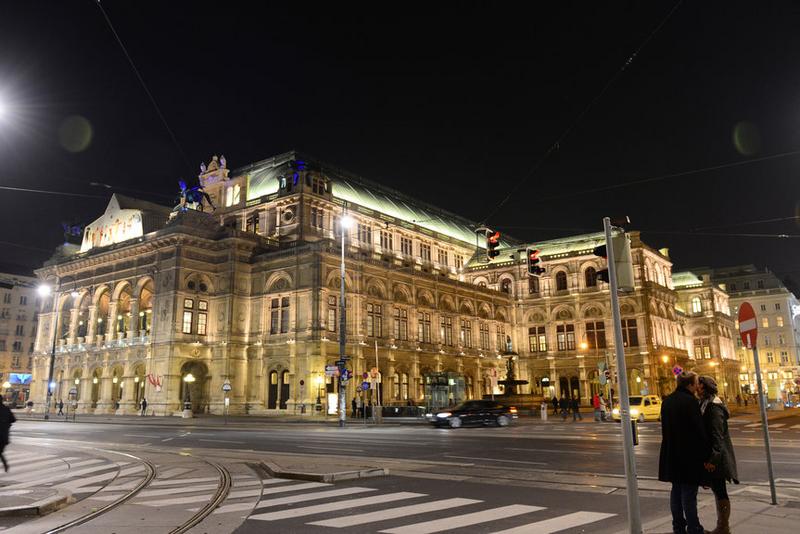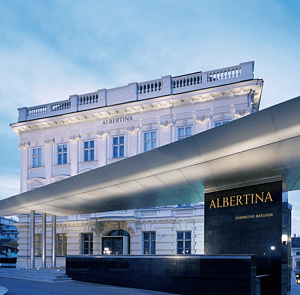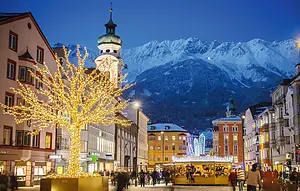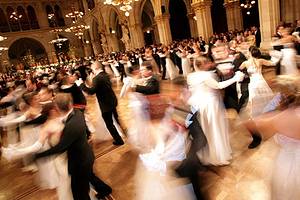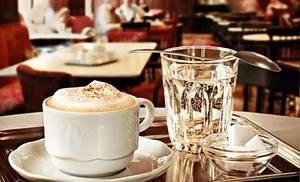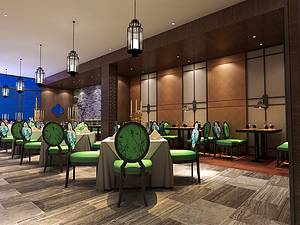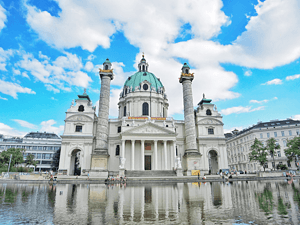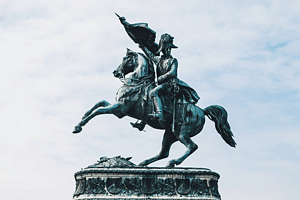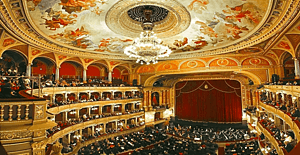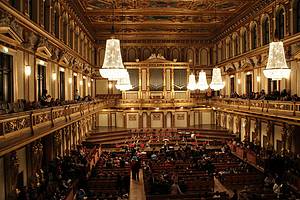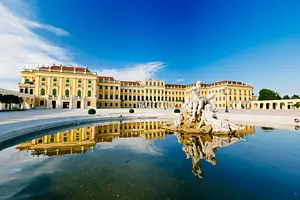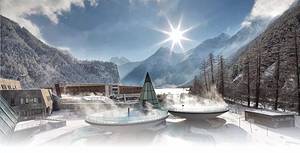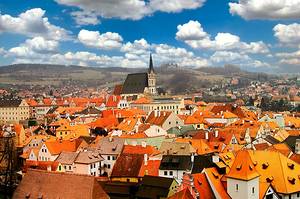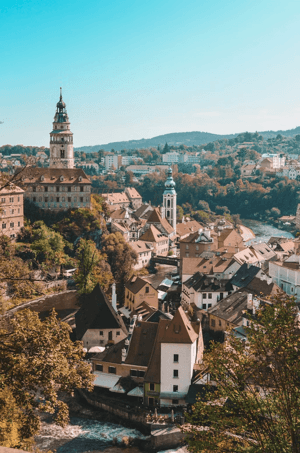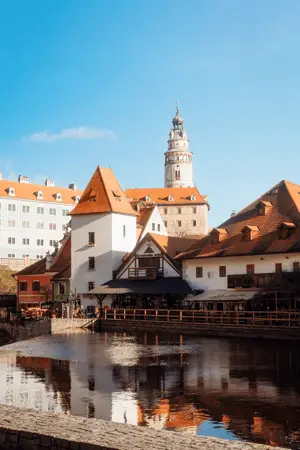Vienna 3-Day Tour: Culture, History & Art
1 cities |
9 attraction(s) |
total distance 6
km
 TIPS
TIPS
Day1
Day2
Day3
Day1: Vienna
3 attraction(s) ·
2 km
1
Located in the center of Vienna's Ringstrasse, the Maria-Theresien-Platz, the Vienna Museum of Art History is one of the largest and most important museums in the world. Built with funds from the Habsburg family, the museum has 8 branches and 7 other branches in Vienna and Innsbruck. The art collection at the Vienna Museum of Art History spans five thousand years, from ancient Egypt through ancient Greece to the late 18th century. The museum's art collection focuses on the Renaissance and Baroque periods. The museum's collection is housed in several buildings, including the Picture Gallery, the Collection of Classical Art, the Kunstkammer, the Egyptian and Oriental Art Collection, and the Coin Collection. Visiting the museum's architecture itself is an extraordinary artistic experience, showcasing the grand dome hall and a wealth of Neo-Baroque decorations that are among the most magnificent interior decorations in Vienna, unmatched by other European museums.
1
km
2
Baroque State Hall with ceiling frescoes housing National Library including papyrus & globe museums.
1
km
3
St. Stephen's Cathedral in Vienna is an iconic building and a symbol of Vienna, Austria. The cathedral was built in the 12th century, with the original parts being the main entrance and the side walls in Romanesque style. The Habsburg dynasty expanded and added towers to the cathedral. The South Tower, measuring 136.7 meters, is a Gothic masterpiece and the third tallest church tower in the world. The North Tower, added later, showcases Renaissance style. In the 18th century, the cathedral underwent further expansion and renovations in Baroque style. During World War II, the cathedral was severely damaged by fire and was fully restored and reopened in 1948. The towering South Tower, affectionately known as "Steffl," is a prime example of Gothic architecture. The cathedral's massive bell, known as "Pummerin," has its chimes broadcasted on Austrian radio and television during New Year's. The roof of the cathedral features exquisite reflective patterns and the double-headed eagle symbol of the Habsburg dynasty.
Day2: Vienna
3 attraction(s) ·
1 km
2
The symbol of the Vienna Secession movement, the Secession Exhibition Building, located in Karlsplatz, is distinguished by its unique golden dome in the shape of laurel wreaths. Built by the artist Joseph Maria Olbrich in 1897, it served as a venue for the activities of the Vienna Secession movement and an important exhibition hall for Secessionist artworks.
In 1897, a group of artists broke away from the traditional academic style and formed the Secession art society, advocating for simple forms, the use of straight lines and smooth surfaces, and the decoration with simple cubes. The motto of this art movement is written above the entrance of the exhibition building: "To every age its art, to art its freedom" ("Der Zeit ihre Kunst. Der Kunst ihre Freiheit").
As one of the most important venues of the Vienna Secession movement, the Secession Exhibition Building not only showcases many Secessionist artworks but also houses the famous work "Beethoven Frieze" by the renowned artist Gustav Klimt. If you seek uniqueness and have an interest in art, you may want to visit this building and explore the path to artistic freedom.
1
km
3
St. Charles Church is located south of Karlsplatz in Vienna's first district. This Baroque building stands at a height of 72 meters and features a Romanesque-style dome that is particularly striking. The church was constructed in 1713 by order of Holy Roman Emperor Charles VI, during a time when the bubonic plague was devastating Europe. Charles VI promised to build a church if the plague was eradicated, and as the epidemic gradually subsided, the emperor honored his promise and commissioned the construction of this magnificent Baroque church.
Day3: Vienna
3 attraction(s) ·
2 km
2
The ALBERTINA Museum is located in the center of Vienna and is a historic and royal-style art museum. It was originally a luxurious Habsburg palace and has transformed into an internationally renowned art museum over the centuries. It has attracted many cultural tourists to visit.
The ALBERTINA Museum has hosted numerous exhibitions, showcasing outstanding artworks from the 15th century to the contemporary era. Particularly during special exhibitions dedicated to masters such as Albrecht Dürer, Van Gogh, and Raphael, it has attracted even more visitors. The permanent collections, such as "From Monet to Picasso" and "the Batliner Collection," present the most exciting chapters in the history of art, spanning about 150 years from French Impressionism to the modern era. Additionally, this exhibition, which displays millions of paintings, is one of the largest and most significant painting exhibits in the world, featuring outstanding works by masters such as Dürer, Michelangelo, and Rembrandt.
The ALBERTINA Museum is open for permanent and special exhibitions 365 days a year, allowing visitors to explore a wide range of artworks, from classical masters' classic modernist paintings to contemporary art, photography, and architecture. Visitors can also admire the luxurious aristocratic rooms with a rich history at the Albertina, considered one of the most beautiful classical palaces in Europe.
1
km
3
Vienna State Opera, located on the Ringstrasse in the heart of Vienna, is one of the world's most renowned opera houses and a major symbol of Vienna. Built in 1869, its inaugural performance was Mozart's "Don Giovanni," and it quickly became the center of the opera world, earning the nickname "the world's opera capital."
The State Opera is a grand neoclassical building constructed with yellow marble. It features five arches on the main entrance, each representing heroism, drama, imagination, art, and love, with bronze statues of the five opera goddesses.
Spanning 9,000 square meters, the opera house has 6 tiers of seating. The walls of the foyers and corridors are adorned with magnificent oil paintings depicting scenes from the most famous works of celebrated composers, including Mozart's "The Marriage of Figaro," "The Magic Flute," and "Don Giovanni," Beethoven's "Fidelio," Rossini's "The Barber of Seville," and more.
During World War II, the stage of the Vienna State Opera was destroyed by Allied bombing, and in 1945, the entire building was consumed by fire. The opera house we see today is a reconstruction, completed in 1955 with over 2,200 seats, and it premiered with Beethoven's "Fidelio" conducted by Karl Böhm on November 5th.
